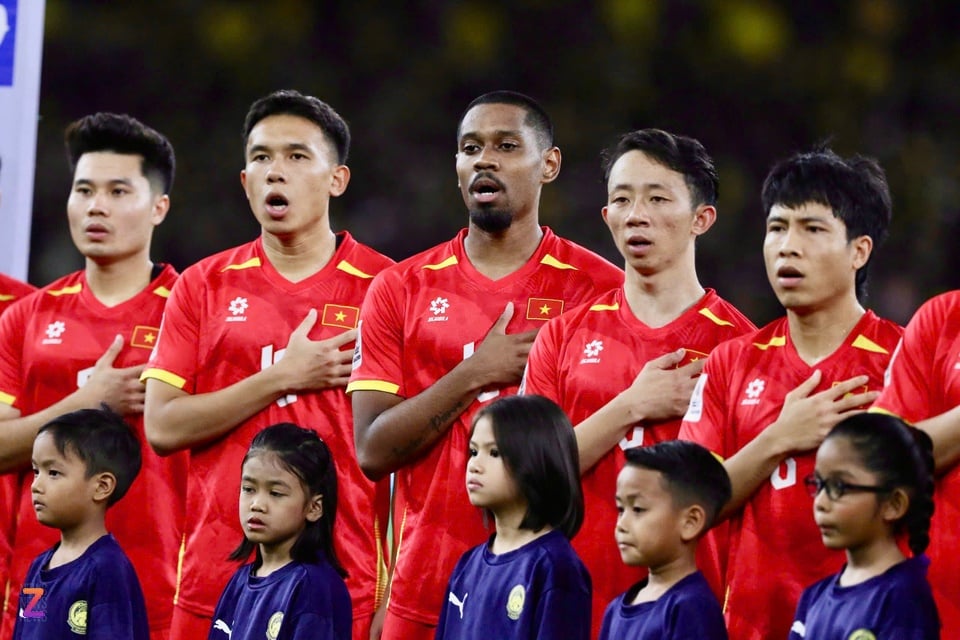 |
Vietnamese football does not follow the naturalization wave of its rivals. Photo: Tam Minh . |
The Indonesian national team has just announced a list of 38 players preparing for the 2026 Women's Asian Cup qualifying campaign. Of these, 13 are notable naturalized players, including 10 players playing in European national championships and 3 players playing in the United States. This strong move shows the determination to quickly "upgrade" the team by taking advantage of the source of players of Indonesian origin living abroad by the Indonesian Football Federation.
This is not the first time Southeast Asian football has witnessed a large-scale naturalization strategy. More than two years ago, the Philippine women's team also implemented a similar policy and quickly achieved success.
With a squad of players with a background in European and North American football, the Philippine women's team won a ticket to the 2023 Women's World Cup for the first time in history. It was a turning point for women's football in the region, and also a testament to the fact that the "open door" strategy for personnel, if done in the right direction, can bring immediate results.
In men's football, the wave of naturalization has been around for many years, with typical examples being Indonesia and most recently Malaysia. These teams have been generous in naturalizing a series of players from Europe, South America and Africa.
As a result, the football situation in Southeast Asia has changed significantly. Indonesia has entered the fourth qualifying round of the 2026 World Cup for the first time, while Malaysia has a squad worth nearly 15 million euros. Recently, they even beat Vietnam 4-0 in the 2027 Asian Cup qualifiers. This was a shocking score for fans and a warning bell for opponents who were once in the upper bracket.
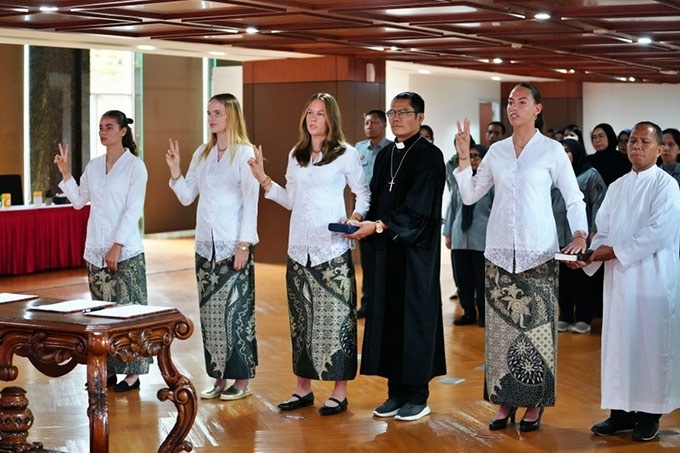 |
Indonesian women's football team begins massive naturalization. Photo: PSSI. |
Meanwhile, Vietnamese football has also made certain moves, but more cautiously. In the men's team, there have been overseas Vietnamese players such as Filip Nguyen or Cao Pendant Quang Vinh and recently striker Nguyen Xuan Son has been naturalized and is eligible to play for the national team. In the Vietnamese women's team, Nguyen Hoang Nam Mi, who has both Vietnamese and Canadian heritage, is the first overseas Vietnamese to be called up.
However, compared to the massive wave of Indonesia or Malaysia, Vietnam still follows its own path. Part of the reason comes from the system's capacity, when the source of overseas Vietnamese players or foreign players who are qualified for naturalization and have professional quality is not much. Another, more important part is because Vietnamese football still puts its faith in the path of internal development, taking youth training as the root instead of looking for "shortcuts".
In a broader sense, football is a long-term story, not just individual tournaments. Mass naturalization helps many teams grow strongly in a short time, but it can also cause long-term consequences such as slowing down the development of domestic players, disrupting the identity of the playing style and even causing a "lazy investment" mentality in youth training. Lessons from football countries like China or the UAE show that relying too much on naturalized players is a double-edged sword.
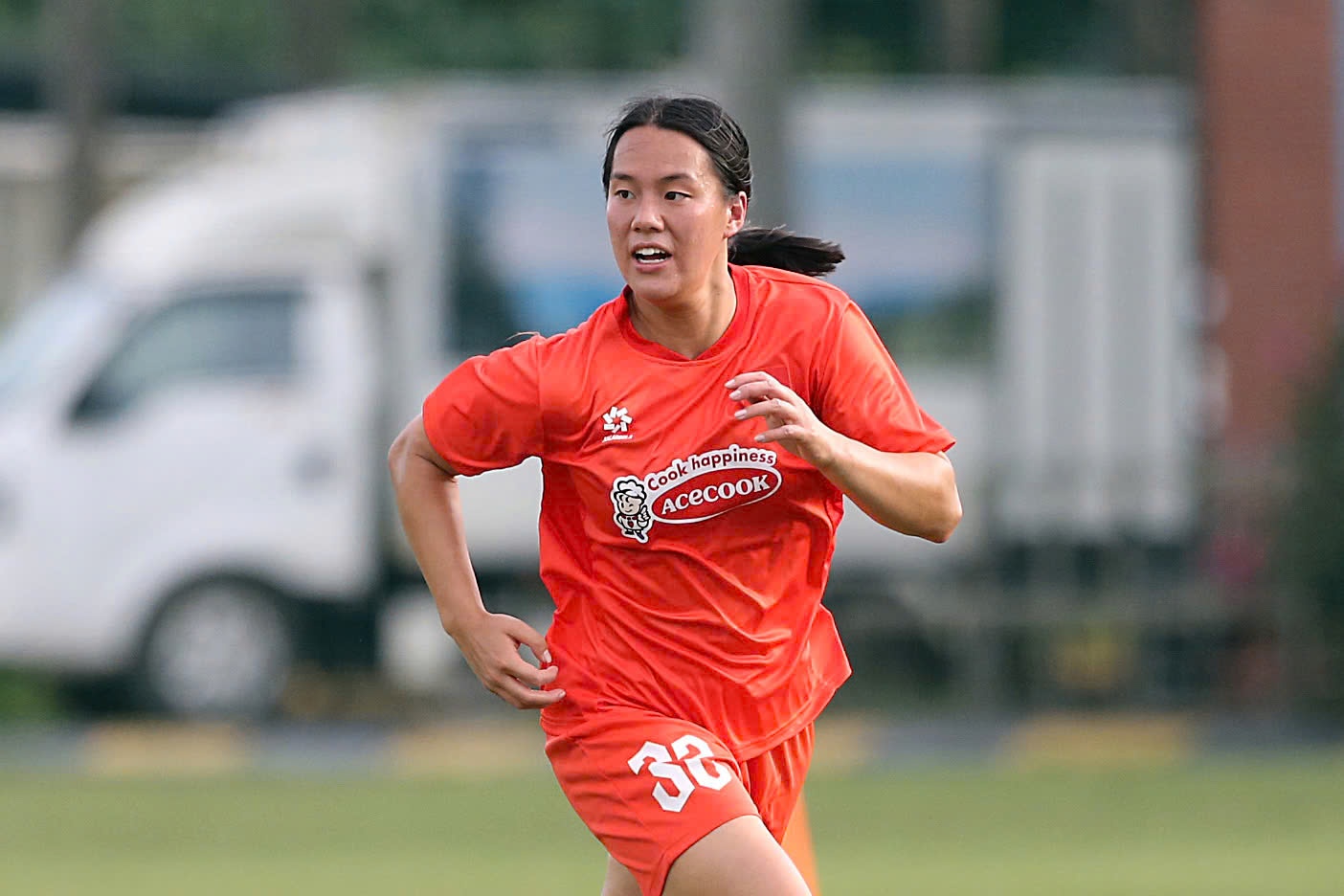 |
Nguyen Hoang Nam Mi, the first overseas Vietnamese player to be called up to the Vietnam women's team. Photo: Tam Minh. |
The national team is the face of the entire football industry, the pride of the nation. Identity, cohesion and the accumulation process from the youth level are sustainable values. Therefore, Vietnam still needs to prioritize the development of the youth training system, maintain stability from V.League to school football centers, continue to "incubate" the new generation from PVF, Viettel , Hanoi, HAGL, SLNA...
Overseas Vietnamese or naturalized players, if they meet both professional requirements and the desire to contribute, are always options worth considering. However, if we consider them as a lifebuoy for our achievements, we can easily lose ourselves. A team can win a few matches with "foreign" strength, but cannot go far without internal depth.
In the current generational transition period, both Vietnamese men's and women's football are facing many challenges. But this is also the time to clearly define the path, build a solid foundation instead of looking for shortcuts. Vietnamese football needs achievements, but more than that, it needs in-depth development, identity and a Vietnamese mark.
Source: https://znews.vn/bong-da-viet-nam-khong-di-loi-tat-post1560902.html








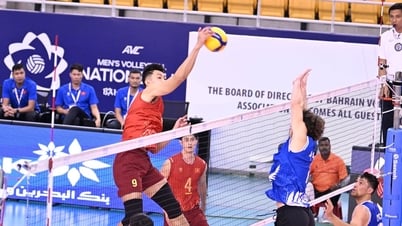



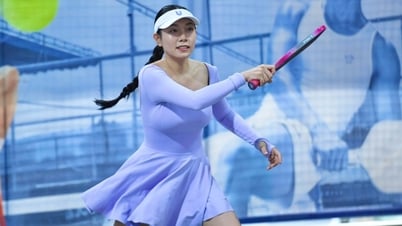
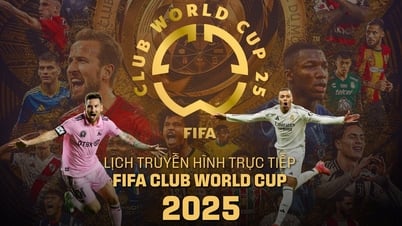



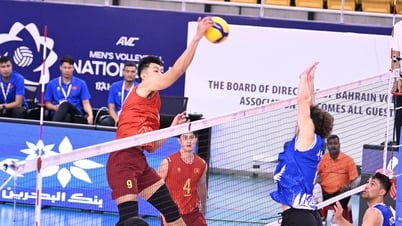























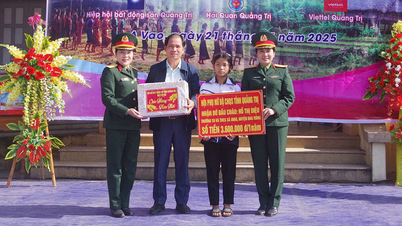
































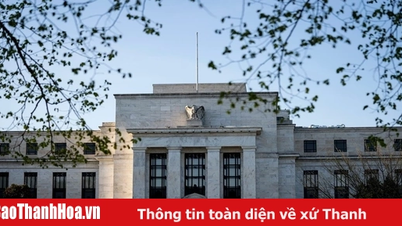

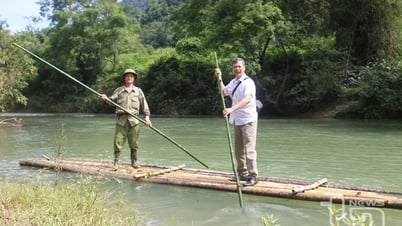

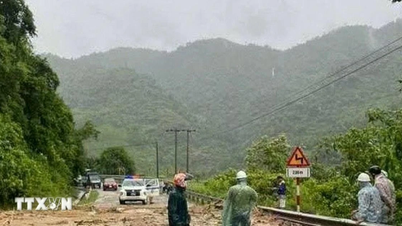


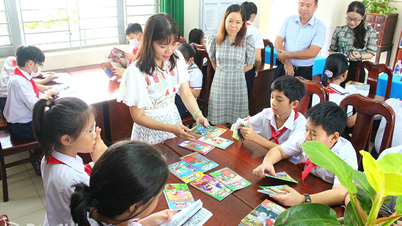


















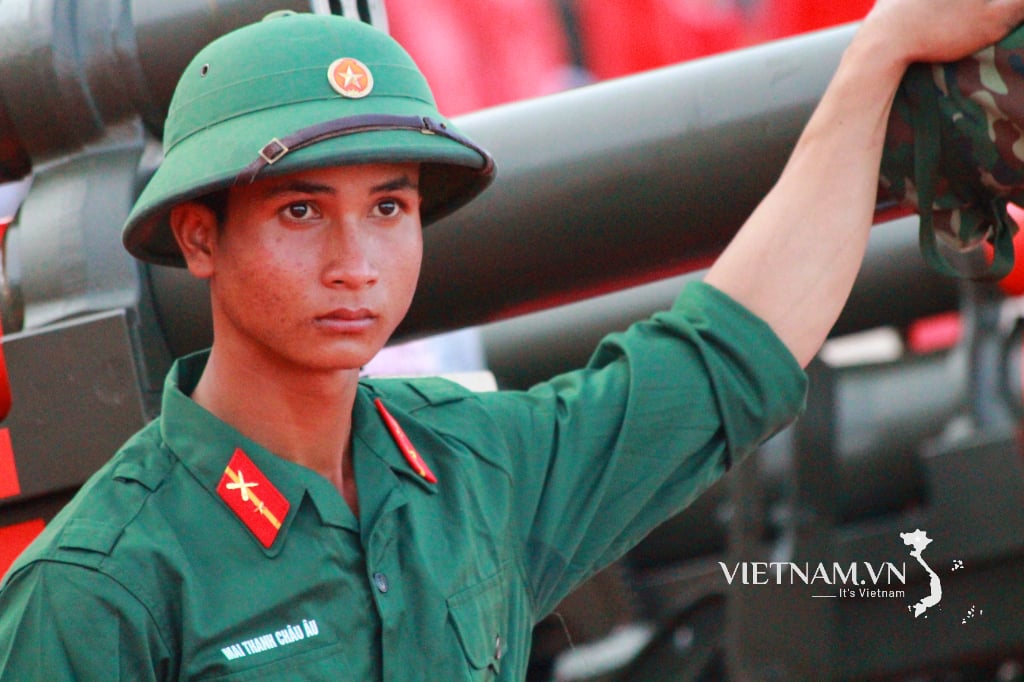
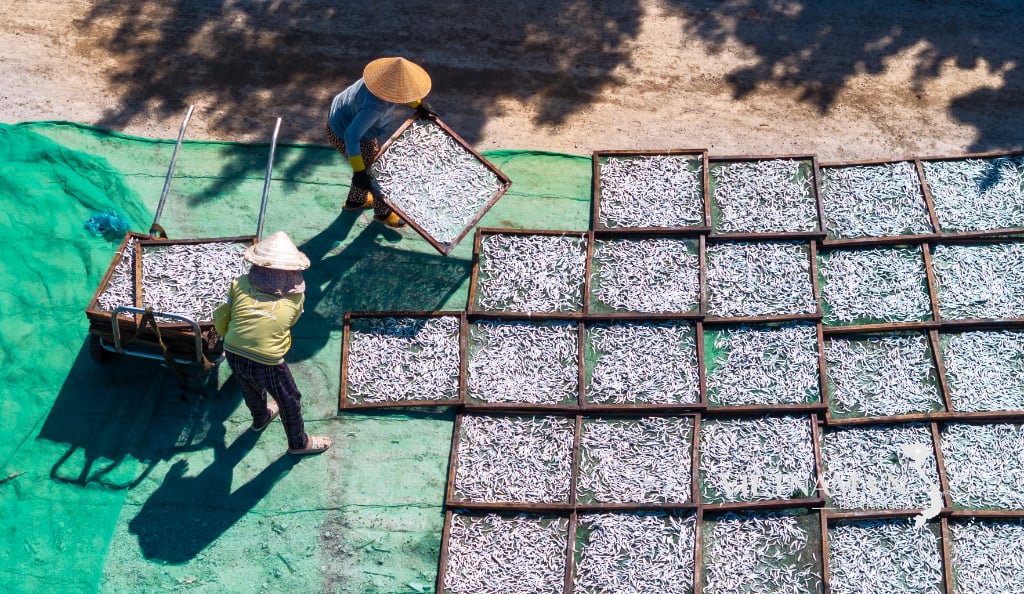
Comment (0)